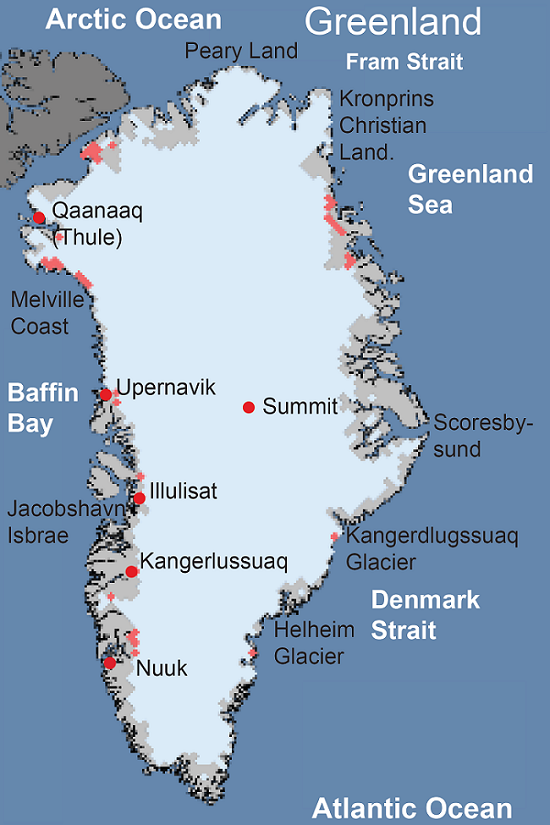
|
|

|
|
| April 27, 2024 |
|
Greenland is melting 
Like a bowling ball on a skating rink, the black geodesic sphere of the East Greenland Ice-Core Project’s communal living space stands out against the endless white nothingness of the Greenland ice sheet.
But the real action at East GRIP is under the surface. Researchers are drilling through more than 2.5 kilometers of ice, down to the bedrock below. The ice is sliding fast — for a glacier — toward the sea. Scientists here want to know why. The answer may hold clues to the future of the world’s coastal cities. Greenland is melting. As it melts, it adds roughly 1 millimeter of water per year to global sea levels. And the pace of melting is quickening. If all the ice covering the world’s largest island were to thaw, sea levels would rise roughly 6 meters. Scientists don’t know how fast, or how likely, that is to happen. East GRIP is looking for evidence to inform both those questions. The answers are a matter of growing urgency. The seas are rising faster. And the same processes at work on Greenland’s glaciers at the top of the world could send vast sections of Antarctica’s ice sheet into the sea as well, raising ocean levels even further. Story Date: March 19, 2018
|